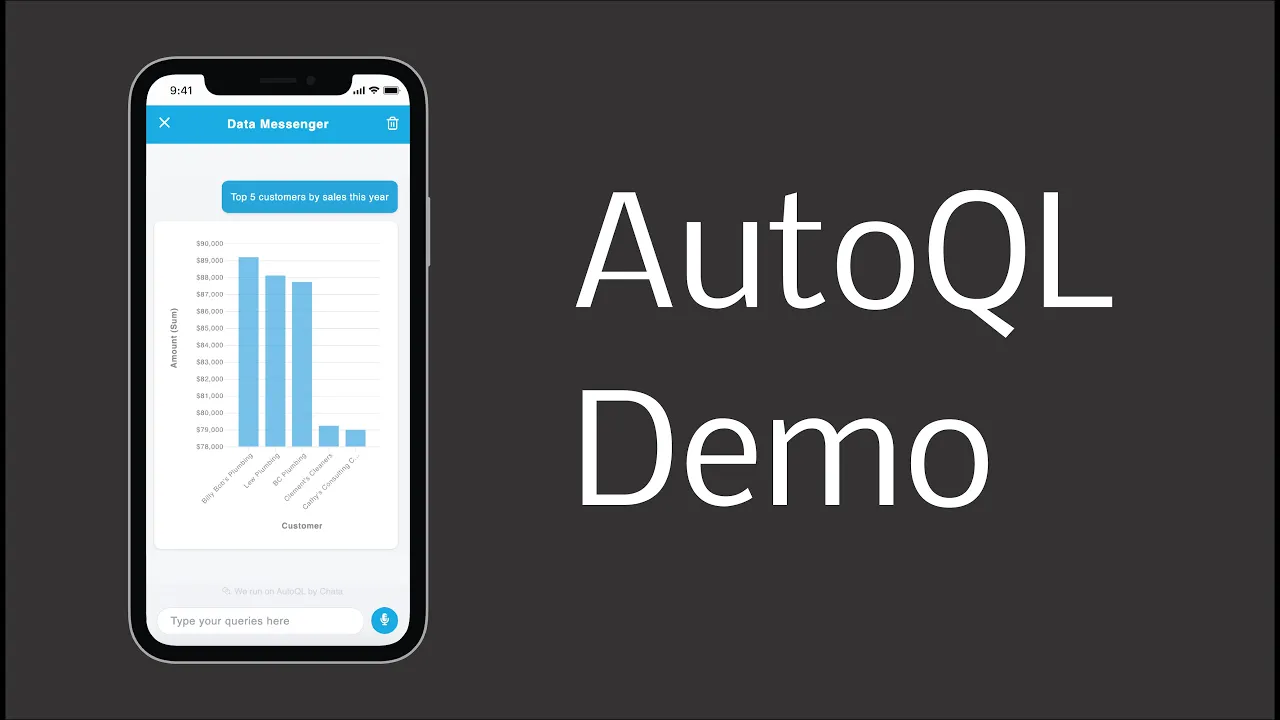~3 minute read
Self-service analytics allows non-technical users to generate their own reports and complete data analysis without requiring help from IT or technical resources.
Users leverage a familiar search-based user interface (UI) within the tool to ask questions and instantly gain results, visualizations, and reports. Modern platforms leverage Natural Language Understanding and AI to convert users’ questions into database queries (like MongoDB or SQL statements), making it easier for users to get the data they want from their data warehouse or lakehouse in their moment of need.
Use cases for self-service analytics
Data-driven functions like marketing, supply chain, merchandising, revenue operations, finance, and stock trading are key beneficiaries of self-service analytics tools. Users can deeply analyze trends, slice and dice the data, create personalized views and pin those views to their dashboard. Traditional reporting tools are good at addressing canned dashboards and enterprise-standard reports. But, those tools often struggle to provide users with direct access to the source data. As a result, users don’t have the personalization and true ad hoc data querying they need with the velocity to drive consistent data-driven decisions in their moment of need.
Best practices for effective self-service analytics
The biggest mistake many organizations make is waiting until their data is perfect before rolling out an analytics solution. Instead, organizations with large and messy datasets must consider what elements are most relevant to end users. In deploying a modern self-service analytics solution, it’s best to start small and focus on specific use cases rather than attempting to clean, configure, and expose all of an organization’s data at once.
Identify a relevant use case where users have extensive data demands and relatively clean data sets. Pinpoint the most difficult questions users are struggling to manually address. Focus on that dataset initially because it won’t require additional data engineering efforts.
Challenges and risks in adopting self-service analytics platforms
You can deploy a modern self-service analytics solution in about 30 days, with approximately one week of customer-side IT resources. The first step is identifying key use cases and capture the correct data to address end-users’ questions and reporting needs. Chata automatically discovers the data schema and creates a data catalog, allowing administrators to capture a knowledge base of commonly used terms and custom metrics.

Most failed self-service analytics initiatives struggle due to:
- Access to limited data sets instead of the data warehouse
- Overly complex or cumbersome UI
- Complex configuration requirements
- Insufficient knowledge of the data domain
- Extended onboarding and training processes
Through AI and automation, Chata addresses these issues with just a few days of customer-side IT resources required.
If your users currently experience bottlenecks and delays accessing the info they need to make data-driven decisions, implementing a true self-service analytics platform will resolve this problem. Most IT teams are happy to see a significant decrease in the number of trivial ad hoc reporting requests, freeing up high-value IT resources while enabling business users to operate more efficiently.
Companies with structured data in the cloud or sitting in an on-premise relational data store can quickly gain value from a modern self-service analytics platform like Chata. You can access these benefits without expensive consultants or a large team of analysts or developers. With Chata, you can give business users direct access to the data they need with the velocity necessary to enable consistent data-driven decisions.
Want to schedule a demo or learn more? Connect with the team at Chata →


